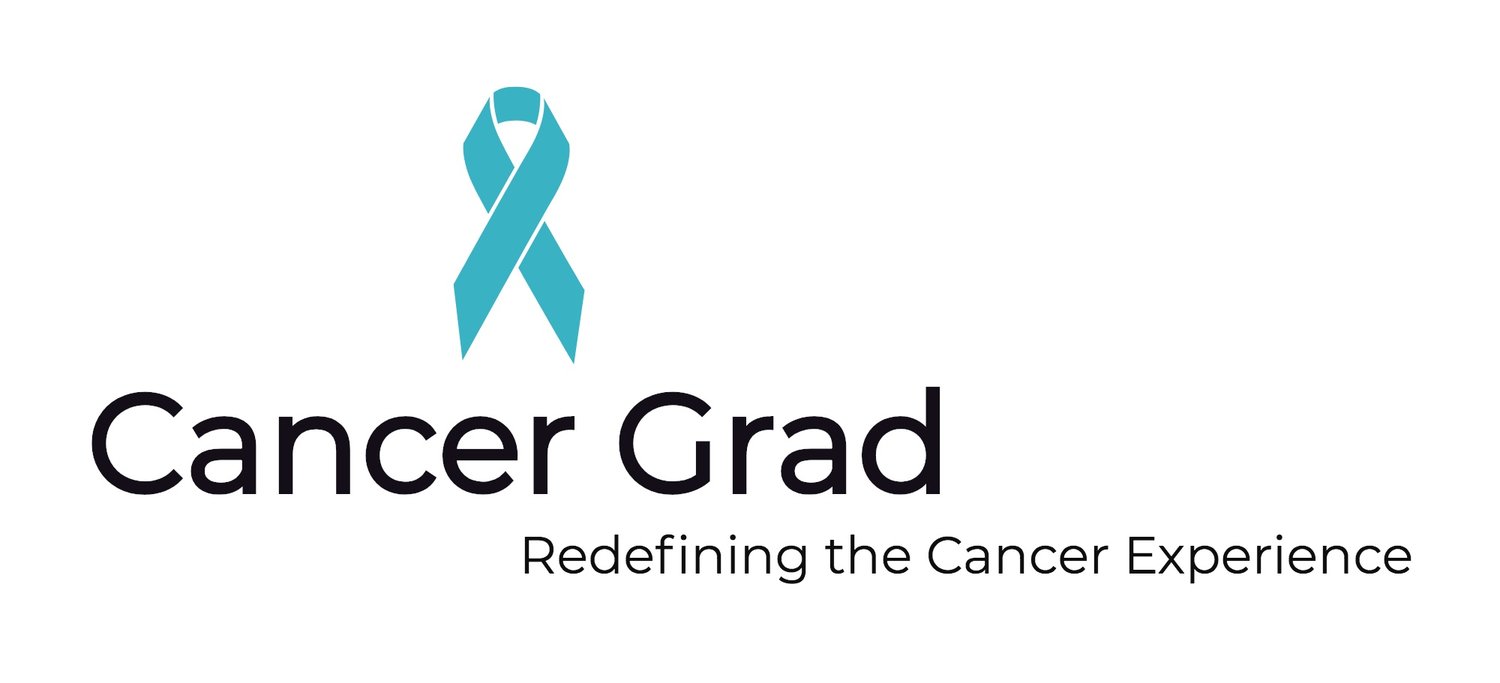Aniela walking the runway at the NYFW 2017 Ana Ono Intimates show
Fellow Cancer Grad, Christine Corrigan, wrote an insightful piece that was recently published on Racked.com. She has permitted us to repost her essay about her quest to find a comfortable, attractive bra after her bout with breast cancer, and the niche market that wants and needs feminine post-mastectomy lingerie. To our delight, she has found that one of our favorite companies, AnaOno Intimates, came to her rescue. Check out her article below!
I Finally Found a Pretty Bra for My Rebuilt Boobs
Dealing with cancer was hard enough; finding lingerie afterward shouldn’t have to be.
by: Christine Corrigan
“You know, you don’t need to wear a bra at all,” my plastic surgeon said as I hooked up my bra at the end of my last appointment.
I raised my eyebrows at him and thought, “Okay, while you may be technically correct, I’m not going to the grocery store or a swim meet with my teenage son without a bra.”
“But what you’re wearing looks great,” he went on.
I smiled. It took me months to get here. Before I discovered AnaOno Intimates, a company that designs bras for individuals who have undergone breast surgery or reconstruction, I spent hours trying on bras that either didn’t fit or were unattractive. I kept settling for lingerie that I would have never bought before my double mastectomy, implant, and nipple reconstruction surgery, and I was tired of it.
Before my bout with breast cancer, I wore a size 38C. It was no big deal to shop for a bra. I could always find one that was pretty and comfortable. I had everyday T-shirt bras, flirty balconettes, and special occasion bras. I loved my lingerie drawer. But after my surgery, nothing fit, and bra shopping unexpectedly became more complicated and frustrating.
A fellow breast cancer grad walking the Ana Ono Intimates 2017 NYFW runway
My surgeon had asked me to find a wireless bra to protect my healing boobs. At a local lingerie store, a salesperson measured me, and I learned that I was now a not-so-common size, somewhere between a 40 and 42B. What that meant was my options were limited to bras that could only be described as “matronly” or “functional.” About a month later, I headed to a department store known for its post-surgery fitting program to see if I could jazz things up a bit. I found some pretty bralettes, but they were too small. The salesperson suggested that I use expander hooks for them; I would have some attractive bras, even if they did not exactly fit. But as my post-surgical swelling dissipated, the functional bra was too big, and the bralettes with expanders were not a long-term solution. I went shopping again and was offered two soft bras that weren’t bad-looking, but they weren’t exactly going to light up the night, either.
After dancing with cancer for a year, I wanted my groove back. It should have been fun to restock the lingerie drawer! Instead, I was sad and frustrated because the message that was being telegraphed was: “Settle.” Settle for a bra that does not fit well. Settle for frumpy. Settle for less. Individuals who survive breast cancer lose enough; they should not need to settle for unappealing bras if they want to wear one.
Here’s the thing, though: I am already aware of breast cancer, as is everyone else who has had it.
It’s not like the traditional lingerie industry has never heard of breast cancer. Companies tout their partnerships with various breast cancer charities. One of my favorite pre-surgery designers makes an Awareness bra, complete with an embroidered awareness ribbon. Fabulous. Here’s the thing, though: I am already aware of breast cancer, as is everyone else who has had it. Then, it hit me. The traditional manufacturers aren’t marketing to those who have had breast surgery. That market is too small to change how traditional bras are designed or made. The general bra-buying public, who may want to wear a feel-good awareness bra, feeds a multi-billion dollar industry.
Enter AnaOno. Founded by Dana Donofree, a breast cancer survivor and fashion industry insider, AnaOno fills the void in the market that the traditional designers have not met. After reading about AnaOno on Facebook, I ordered the Rachel and Alejandra bras. When the package arrived, I opened the little boxes and muslin bags. I could not believe my eyes when I saw the frothy confections -- a delicious rainbow of beautiful, sexy, lacy bras in blush pink, inky midnight blue, dusky mauve rose, black, and champagne. I wanted to cry. Then, I tried them on. This is what I had been searching for.
These bras fit my reconstructed body so well — not too big, not too small — since they are designed using dress rather than cup sizes. The bras are wireless because rebuilt boobs don’t need wires under them. That being said, they have enough gentle support to keep everything looking as it should. These bras use soft, comfortable fabric that did not that irritate my scars or sensitive skin. In addition, some of the bras have pockets for forms for individuals who choose not to have reconstruction.
More than the fit, colors, and designs, most importantly, these bras made me feel feminine and whole once more. I can smile when I open my lingerie drawer.
Breast cancer is hard. Buying a new bra for your post-cancer body shouldn’t be. Even though I don’t have to wear a bra at all, it’s nice to know that, finally, I can wear a pretty bra that fits if I want to.



